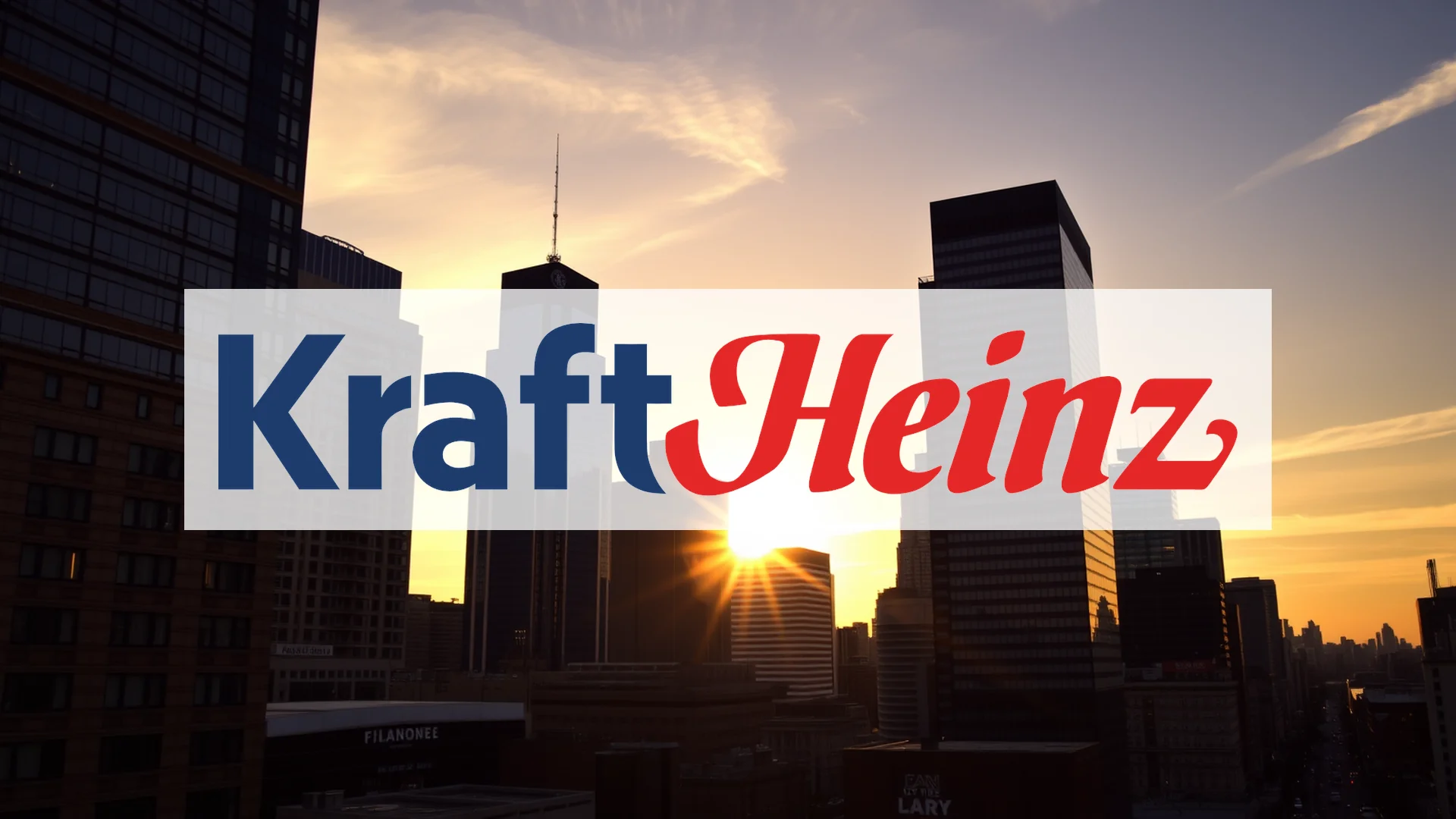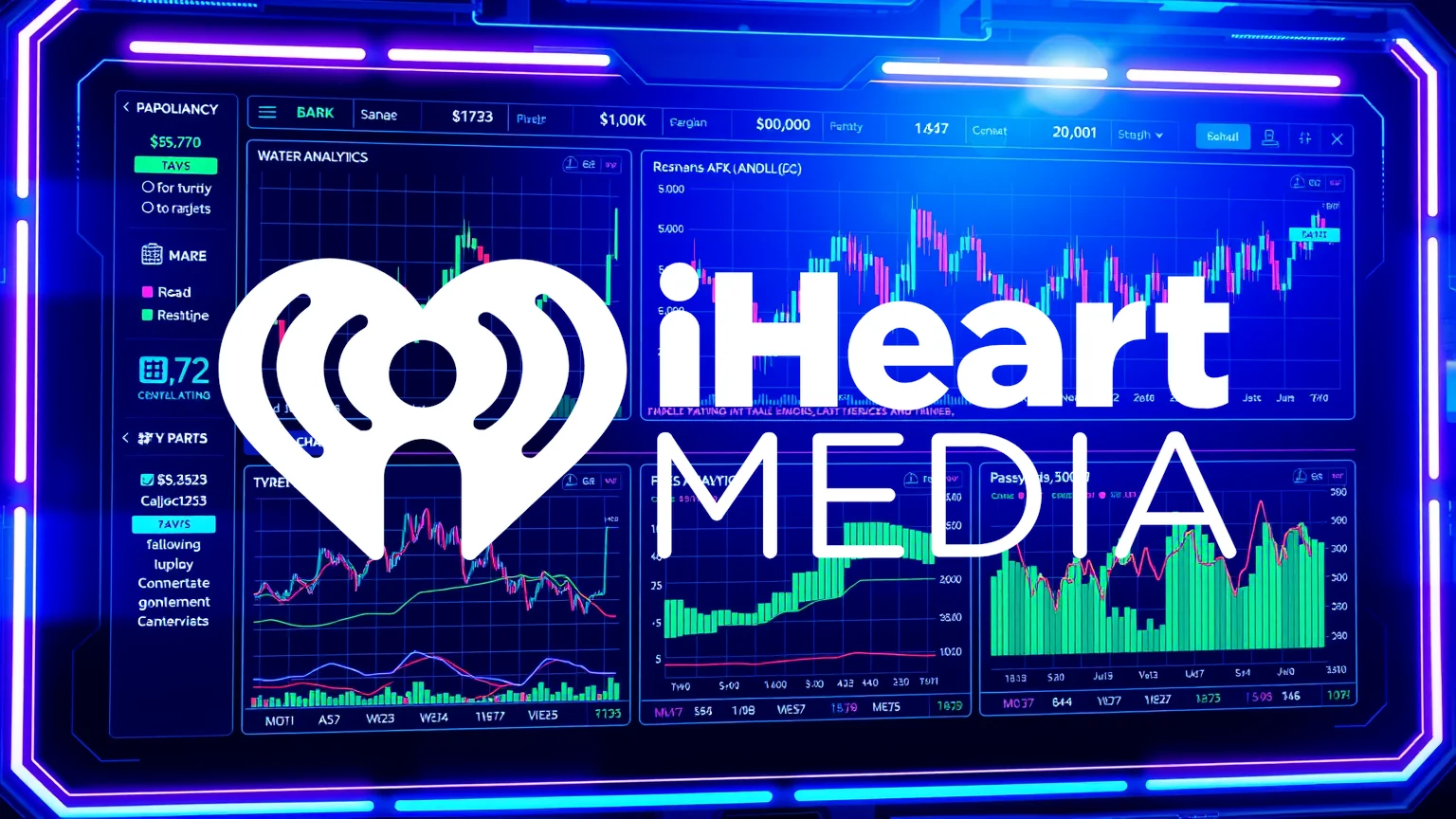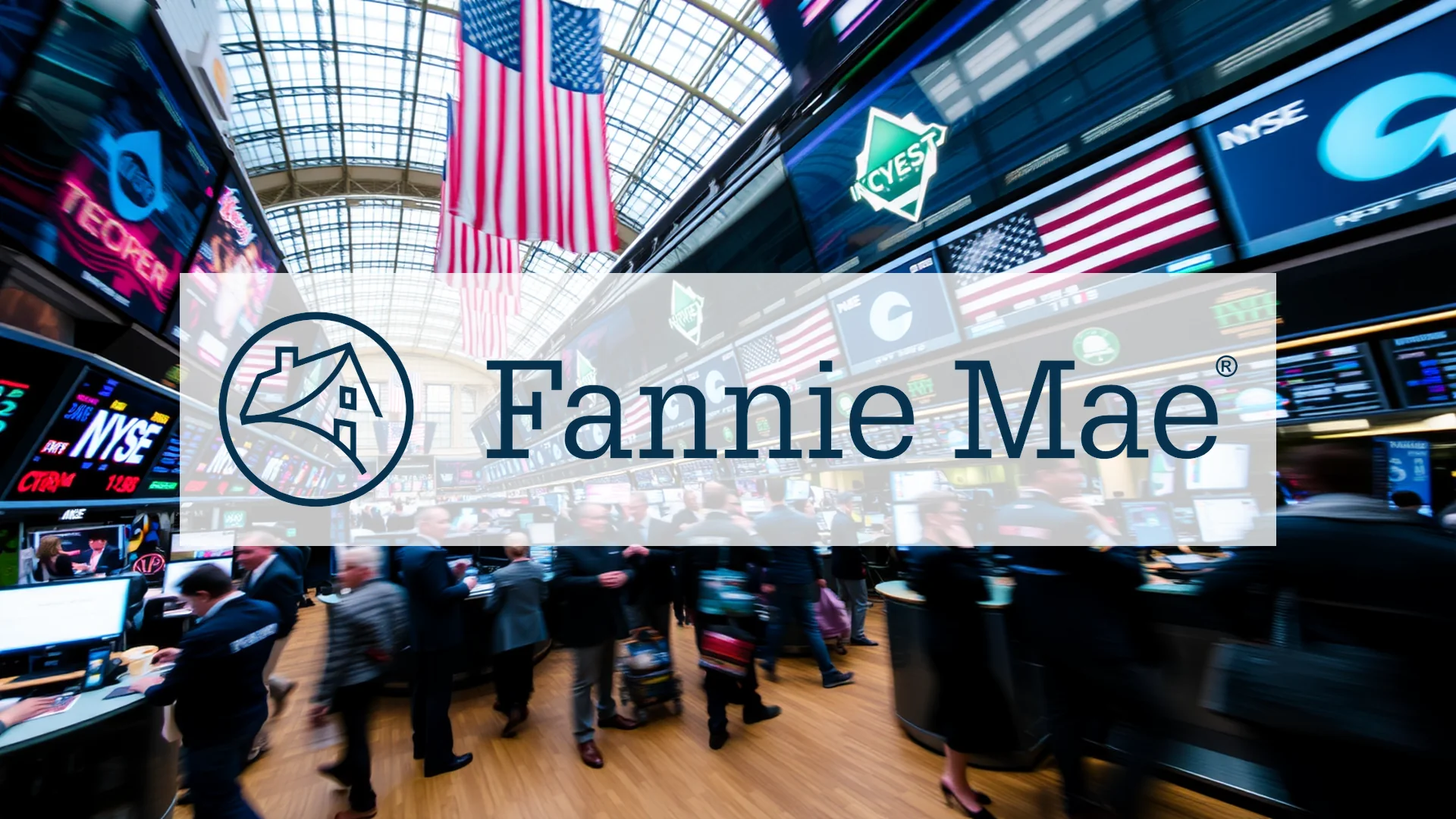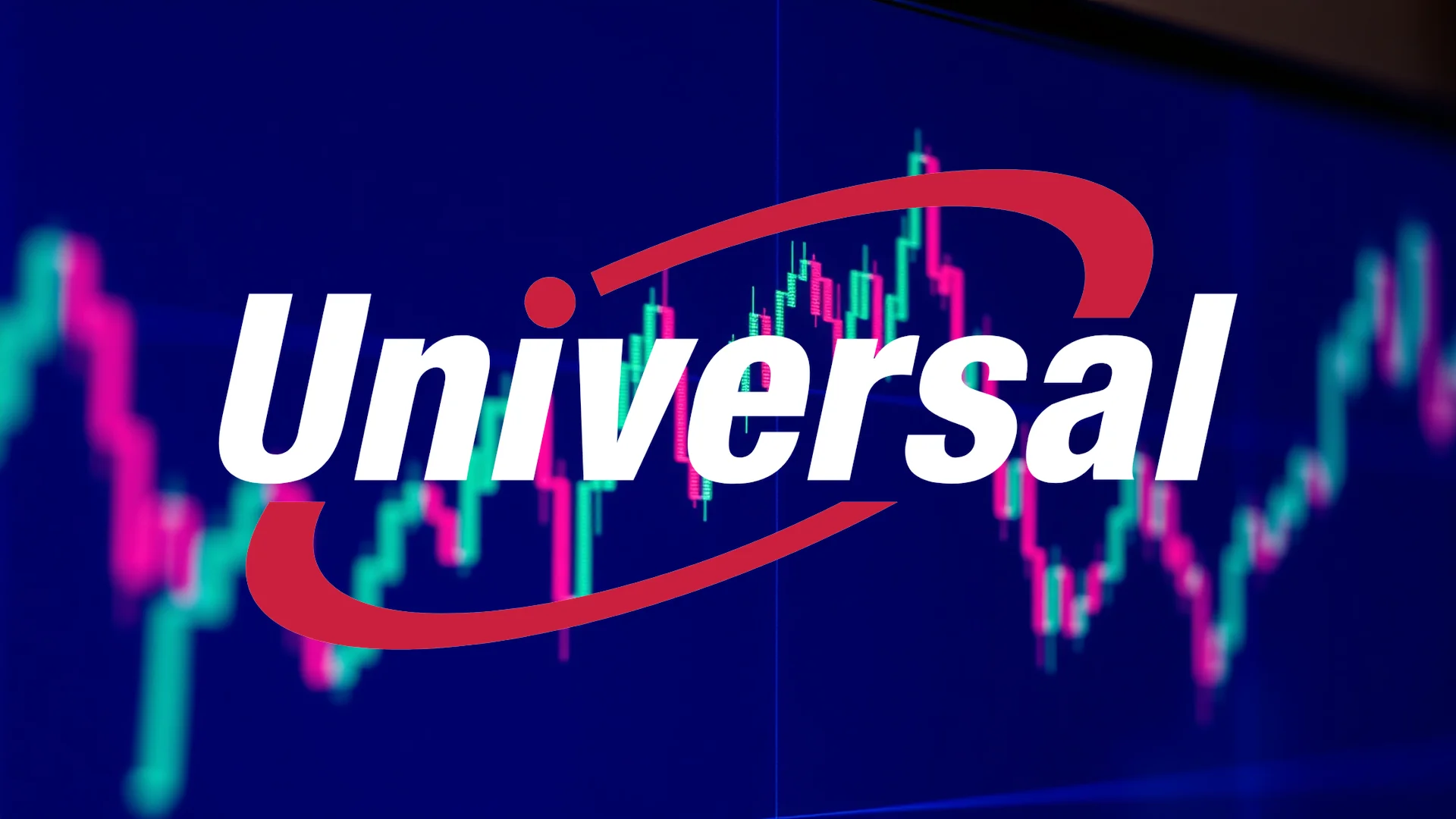In a dramatic strategic pivot, Kraft Heinz has announced plans to formally unwind its landmark 2015 merger by separating into two distinct publicly traded entities. The move effectively reverses one of the food industry’s most significant consolidations a decade after it was initially celebrated as a transformative mega-deal.
A New Corporate Structure for Divergent Brands
The separation strategy is designed to create two specialized companies, each with a clear strategic focus and growth trajectory. The split will isolate the faster-growing international brands from the more stable, but slower-growing, North American grocery portfolio.
The first entity, named Global Taste Elevation Co., will house the portfolio of iconic, growth-oriented brands with strong international appeal. This includes:
– Heinz Ketchup
– Philadelphia cream cheese
– Kraft Mac & Cheese
This new company is projected to generate approximately $15.4 billion in annual revenue.
A second company, North American Grocery Co., will take ownership of the portfolio of staple grocery brands dominant in the U.S. market. Key brands include:
– Oscar Mayer
– Maxwell House
– Lunchables
This entity is expected to report annual revenue of around $10.4 billion.
The transaction is structured as a tax-free spin-off to shareholders and is targeted for completion by the end of 2026.
Should investors sell immediately? Or is it worth buying Kraft Heinz?
Reassessing a High-Profile Legacy
This decision underscores the disappointing outcome of the original merger, which was engineered by Warren Buffett’s Berkshire Hathaway and the investment firm 3G Capital. Their strategy relied heavily on aggressive cost-cutting and achieving significant economies of scale. The results, however, fell short of expectations; the company’s share price declined by roughly 60% from post-merger highs as consumer preferences shifted toward healthier options and private-label products.
Miguel Patricio, Executive Chairman of Kraft Heinz, cited operational complexity as a primary driver for the split. Managing 55 distinct product categories under a single corporate umbrella has significantly hindered efficient capital allocation and strategic agility.
Aligning with an Industry Trend
This move places Kraft Heinz alongside other major food conglomerates like Kellogg and Keurig Dr Pepper that have recently pursued break-ups to enhance operational focus and drive growth. The company acknowledges that the separation will incur one-time costs, estimating that investors will need to absorb up to $300 million in “dis-synergies.” Management has stated its intention to maintain the current dividend level for both new companies following the split.
Further operational and financial details are anticipated to be released in conjunction with the company’s quarterly earnings report scheduled for late October. The market will be watching closely to see if this radical strategic shift can reinvigorate the packaged food giant.
Ad
Kraft Heinz Stock: Buy or Sell?! New Kraft Heinz Analysis from December 8 delivers the answer:
The latest Kraft Heinz figures speak for themselves: Urgent action needed for Kraft Heinz investors. Is it worth buying or should you sell? Find out what to do now in the current free analysis from December 8.
Kraft Heinz: Buy or sell? Read more here...












